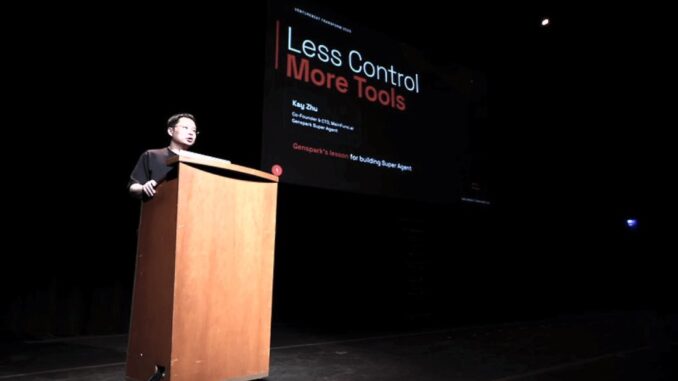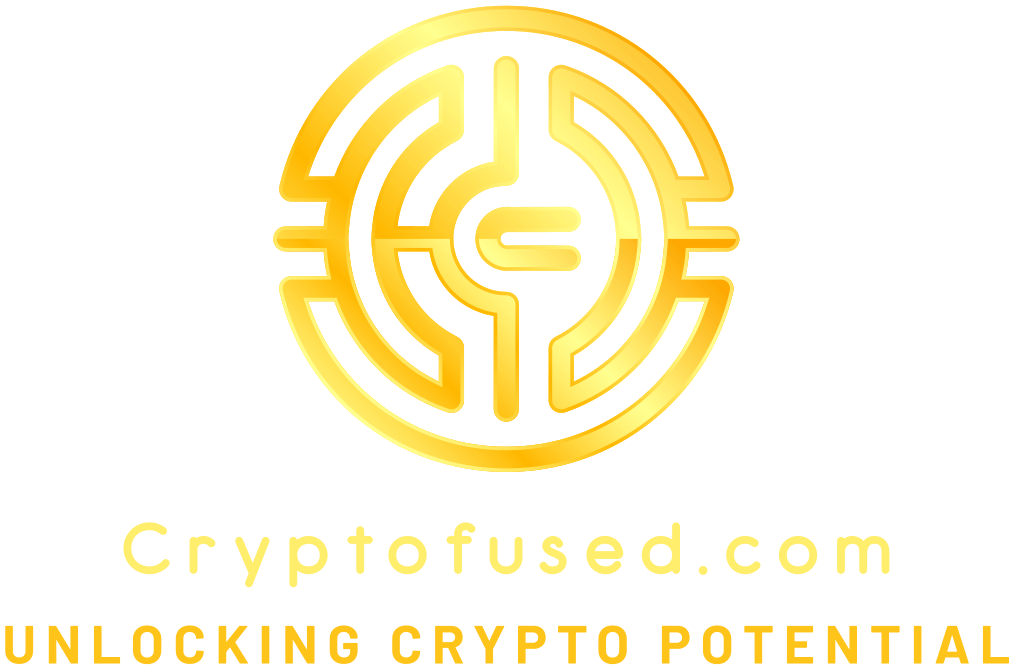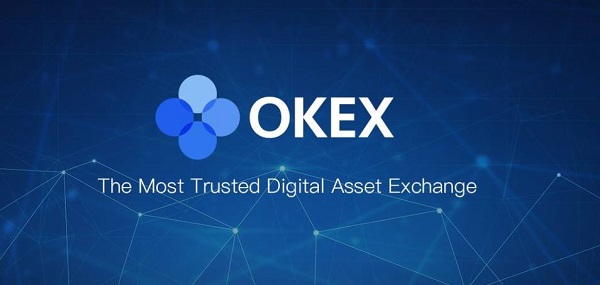
Join the event trusted by enterprise leaders for nearly two decades. VB Transform brings together the people building real enterprise AI strategy. Learn more
Vibe coding has been all the rage in recent months as a simple way for anyone to build applications with generative AI.
But what if that same easy-going, natural language approach was extended to other enterprise workflows? That’s the promise of an emerging category of agentic AI applications. At VB Transform 2025 today, one such application was on display with the Genspark Super Agent, which was originally launched earlier this year.
The Genspark Super Agent’s promise and approach could well extend the concept of vibe coding into vibe working. A key tenet of enabling vibe working, though, is to go with the flow and exert less control rather than more over AI agents.
“The vision is simple, we want to bring the Cursor experience for developers to the workspace for everyone,” Kay Zhu, CTO of Genspark, said at VB Transform. “Everyone here should be able to do vibe working… it’s not only the software engineer that can do vibe coding.”
>>See all our Transform 2025 coverage here<<
Less is more when it comes to enterprise agentic AI
According to Zhu, a foundational premise for enabling a vibe working era is letting go of some rigid rules that have defined enterprise workflows for generations.
Zhu provocatively challenged enterprise AI orthodoxy, arguing that rigid workflows fundamentally limit what AI agents can accomplish for complex business tasks. During a live demonstration, he showed the system autonomously researching conference speakers, creating presentations, making phone calls and analyzing marketing data.
Most notably, the system placed an actual phone call to the event organizer, VentureBeat founder Matt Marshall, during the live presentation.
“This is normally the call that I don’t really want to do by myself, you know, in person. So I let the agent do it,” Zhu explained as the audience listened to his AI agent attempt to convince the moderator to move his presentation slot before Andrew Ng’s session. The call connected in real-time, with the agent autonomously crafting persuasive arguments on Zhu’s behalf.
The calling feature has revealed unexpected use cases highlighting both the platform’s capabilities and users’ comfort with AI autonomy.
“We actually observe a lot of people are using Genspark to call… to do different kinds of things,” Zhu noted. “Some of the Japanese users are using this to call to resign from their company. You know they don’t like the company, but they don’t want to call them again. and some of the people are using call for me agents to break up with their boyfriend and girlfriend.”
These real-world applications demonstrate how users are pushing AI agents beyond traditional business workflows into deeply personal territory.
Technical architecture: Why backtracking is good for enterprise AI
The system accomplishes all of that without predefined workflows. The platform’s core philosophy of ‘less control, more tools’ represents a fundamental departure from traditional enterprise AI approaches.
“Workflow in our definition is the predefined steps and these kinds of steps often break on edge cases, when the user asks harder and harder questions, the workflow cannot hold,” Zhu said.
Genspark’s agentic engine represents a significant departure from traditional workflow-based AI systems.
The platform combines nine different large language models (LLMs) in a mixture-of-experts (MoE) configuration, equipped with over 80 tools and 10+ premium datasets. The system operates on a classic agent loop: plan, execute, observe and backtrack. Zhu emphasized that the power actually lives in the backtrack stage.
This backtracking capability allows the agent to intelligently recover from failures and find alternative approaches when unexpected situations arise, rather than failing at predefined workflow boundaries. The system uses LLM judges to evaluate every agent session and attributes rewards to each step, feeding this data back through reinforcement learning and prompt playbooks for continuous improvement.
The technical approach differs markedly from established frameworks like LangChain or CrewAI, which typically require more structured workflow definition. While these platforms excel at orchestrating predictable multi-step processes, Genspark’s architecture prioritizes autonomous problem-solving over deterministic execution paths.
Enterprise Strategy: Workflows today, vibe working agents tomorrow
Genspark’s rapid scaling, from launch to $36 million ARR in 45 days, demonstrates that autonomous agent platforms are moving beyond experimental phases into commercial viability.
The company’s ‘less control, more tools’ philosophy challenges fundamental assumptions about enterprise AI architecture.
The implications for enterprises leading in AI adoption are clear: start architecting systems that can handle predictable workflows and autonomous problem-solving. The key is designing platforms that gracefully escalate from deterministic processes to agentic behavior when complexity demands it.
For enterprises planning later AI adoption, Genspark’s success signals that vibe working is becoming a competitive differentiator. Organizations that remain locked into rigid workflow thinking may be disadvantaged as AI-native companies embrace more fluid, adaptive approaches to knowledge work.
The question isn’t whether autonomous AI agents will reshape enterprise workflows—it’s whether your organization will be ready when the 20% of complex cases becomes 80% of your AI workload.





Be the first to comment